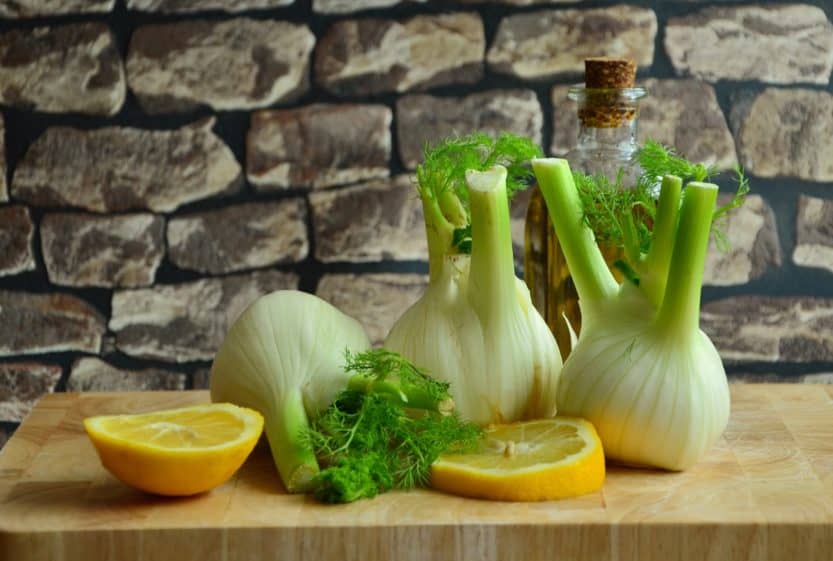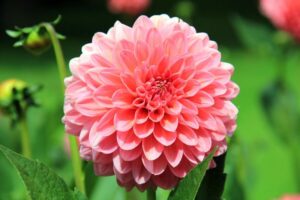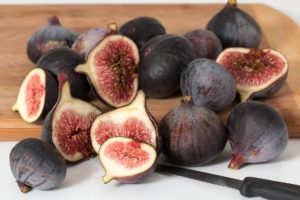Fennel is an easy to grow aromatic herb that can be easily added to most gardens. Along with fennel’s culinary properties, it is also nutritious. Fennel is a very good source of vitamin C and is a good source of manganese and potassium.
Almost every part of the plant can be used to add flavor to any recipe. Ranging from the stems and leaves, all the way to the more pungent dried flowers. Fennel seeds also have a mild anise flavor, which can enhance, but not overpower, a number of dishes.
Buy Fennel Seeds Online
| Image | Name | Rating | Shop |
|---|---|---|---|
 | Seed Needs, Florence Fennel | ||
 | Everwilde Farms – 1000 Florence Fennel | ||
 | Organic Fennel Florence Seeds |
Types of Fennel
Fennel comes in two types: bulb fennel and herb fennel. Bulb fennel, which as the name suggests has a large bulbous stem at its base; and herb fennel, which lacks a bulb, is mainly used for its leaves and seeds. Adding fennel to your garden can also attract a number of beneficial insects when the plant is in full bloom.
When Do You Plant Fennel?
Fennel is a cool-season herb that can handle some light frost. So planting as early in the spring as possible is a good plan of action. Fennel can handle temperatures down to 15 degrees Fahrenheit (-9.4 C) for brief periods of time. Since Fennel is very cold tolerant, you can directly sow the seeds into the garden very early in the season.
Starting Fennel Seeds Indoors
In most cases, it is not recommended to start your seeds indoors, because transplanting can damage the seedlings’ delicate roots. However, if you prefer and if you really need to get a jump on the growing season, then you can start your seeds indoors. If you choose to start your plants indoors, be sure to carefully transplant them into the garden, taking extra care not to damage the roots.
Planting Fennel in a Garden
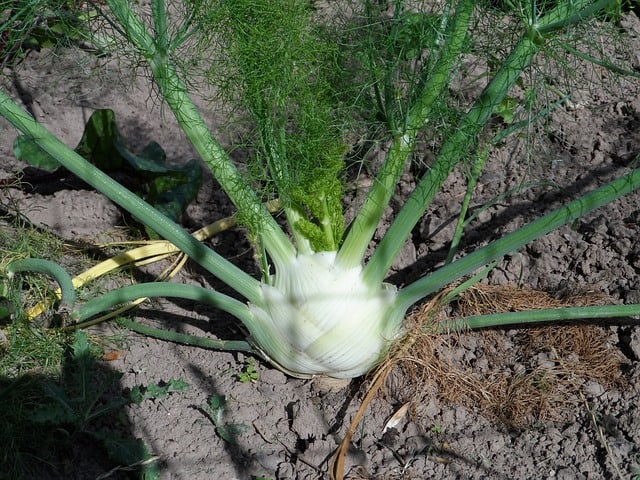
Does Fennel Like sun or Shade?
Fennel seeds need to be placed in a location with fertile, moist soil and can handle partial shade. If your soil is not able to retain moisture or it is depleted in nutrients, then you can add some compost.
Fennel Soil Requirements
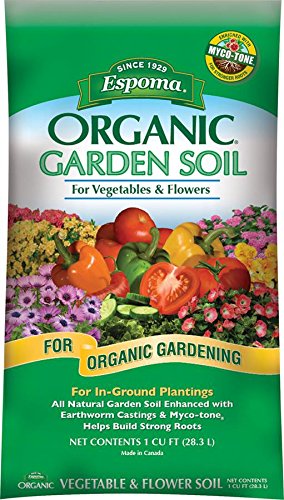
Be sure to loosen the soil while mixing in well-aged compost to a depth of 6 inches (15 cm). Also make sure the top layer of your soil (Buy Online) is not prone to crusting, as the fennel seed is very small and cannot push through a hard surface layer.
Fennel Plant Spacing
After your soil is ready, plant the seeds at a depth of 0.25 inches (0.6 cm), with an initial spacing of 3.5 inches (8.9 cm). Water the seeds in gently after planting, taking special care not to wash away the very small seeds in the process.
Once your seeds have all germinated, you can thin the plants down to a final spacing of 7 inches (17.8 cm). During the early spring, weeds can begin to crowd the young fennel plants.
Fennel Weed Control
You should carefully remove any weeds by hand. Since fennel plants have very delicate root systems and the plants will be spaced very closely, it is not advised to use any mechanical methods of weed removal.
Mulch can also be added around the plants, once they are tall enough not to be smothered by a 2 inch (5cm) layer of wood chips or straw. Adding mulch at this time will also preserve the much-needed moisture that the fennel needs to grow.
Fennel Care
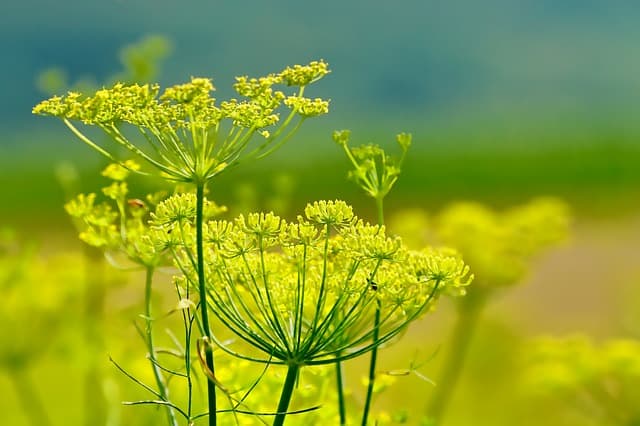
Fennel Pests and Diseases
Fennel is relatively resistant to pests and disease, but you should be on the lookout for aphids. This insect tends to be more of a problem early in the spring or in the fall. If you see any signs of infestation, promptly remove the insects from the plant.
Watering Fennel
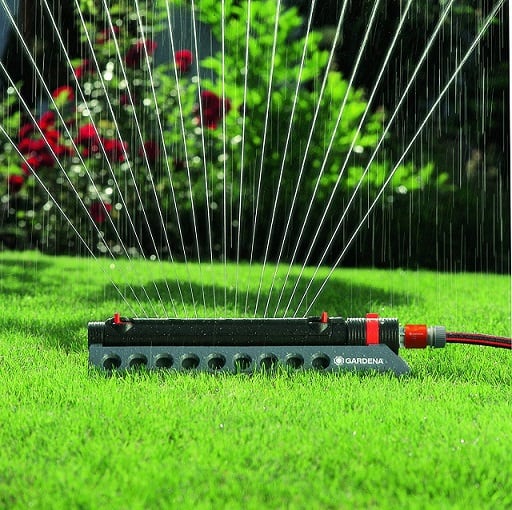
While your fennel plants are growing, they will require 1 to 1.5 inches (2.5 to 3.8) of water per week. For the most part, fennel is not a very heavy feeder and will only need fertilizer if you see any signs of the plant yellowing.
Blanching Fennel in the Garden
If you are growing fennel for its bulb, you can begin the blanching process early in the plant’s life. In order to keep the bulb tender and sweet, the bulb should be protected from light. You can do this by mounding soil around the base of the plant, periodically, as it grows.
When is Fennel Ready to Harvest?
Harvesting fennel can be done in many stages, as the plant’s leaves can be used along with its bulb and seeds. If you want to harvest the leaves and stems, you can trim the outermost stems from the plant taking care to leave enough new inner growth, so the plant can continue to grow. In order to harvest the bulb, you should wait until the end of the season. At that time, you can cut the bulb right at the soil line.
Storing Fennel
A fennel bulb will keep in the refrigerator for about a week; and, in most cases, is best eaten fresh. If you want to harvest the seeds, wait until the plant’s flowers have turned brown; and, then remove the flower heads from the plant, leaving some of the stem attached. You can then shake the seeds free over a bowl. Once you have removed the seeds, make sure they are dry before storing them in a cool, dark place for up to six months.


